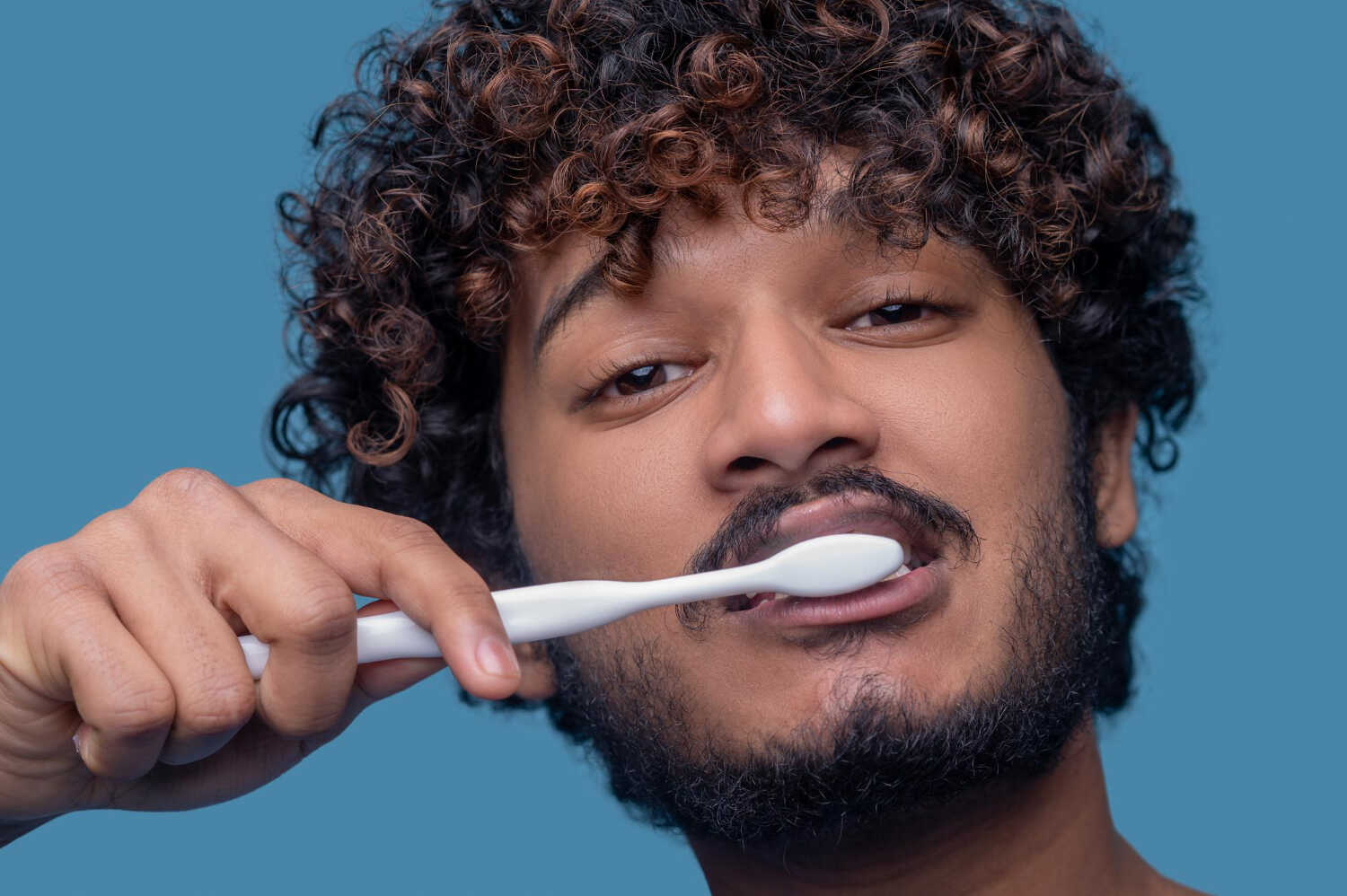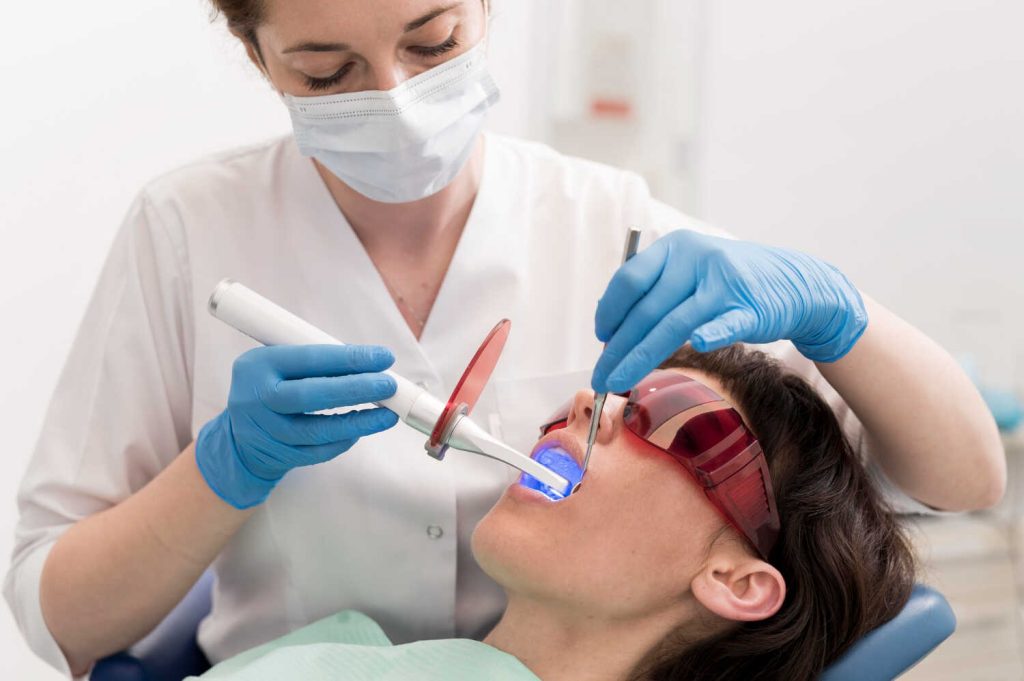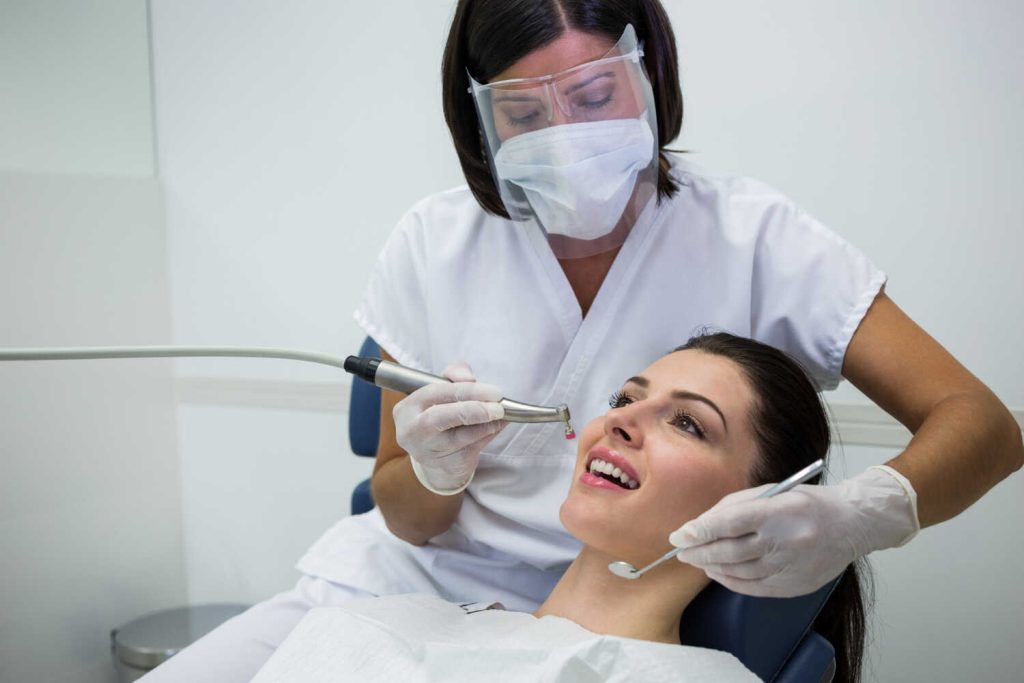Introduction
Who doesn’t want a sparkling white smile? As we indulge in our morning coffee, teas, and occasional red wine, it can be easy to develop ugly yellowish stains over time. Fortunately, innovative advances in teeth whitening can help you revitalize and rejuvenate your smile. LED light-activated teeth whitening in Richardson is gaining popularity as an efficient way to regain your pearly whites in the office and from home. But how do these fancy blue lights provide a boost toward a radiant smile? Let’s separate fact from fiction on the ins and outs of professional and DIY LED teeth whitening techniques.
What are the basics of teeth whitening?
Teeth whitening is a process that lightens the color of teeth. As we age, our teeth are naturally yellow due to changes in the mineral structure of the tooth and gradual staining from foods, drinks, and habits like smoking. Teeth whitening can restore teeth to their naturally lighter shade. The most common teeth whitening methods use peroxide-based bleaching gels or strips that oxidize to remove deep-set stains and discoloration. LED light technology has advanced teeth whitening techniques in recent years.
What is LED teeth whitening?
LED teeth whitening involves using blue LED light to activate and enhance the whitening gel applied to the teeth. This light-accelerated process speeds up staining removal by triggering faster peroxide gel activation and deeper penetration of oxygen molecules into the tooth enamel. LED light-activated whitening is gaining popularity as an efficient way to regain your pearly whites in the office and from home.
So, how do LED lights help?
LED whitening lights accentuate the teeth-whitening chemical process. The blue light from LED devices activates the peroxide gel applied to the teeth. This speeds up the reaction and breaks down staining quicker. The light energy triggers the accelerated release of oxygen to lift and penetrate stains. This enables the whitening ingredients to penetrate deeper and act faster. More oxygen equals better whitening results.
Are LED Teeth Whitening Lights Safe?
LED whitening light treatment is generally considered very safe when properly administered by a trained professional. The LED light speeds up the whitening chemical reaction, but special care should be taken not to overheat the tooth’s pulp. Dentists determine the right whitening gel concentration and appropriate exposure times with the light to avoid potential tooth damage. At-home whitening kits with LED lights are also considered low risk when proper use directions are followed.
How Does LED Teeth Whitening Work?
LED teeth whitening requires a peroxide-based whitening gel to be applied evenly across the teeth before light shines. As the blue LED light shines on the teeth, the peroxide gel is activated and penetrates the tooth enamel. When the light energy interacts with the peroxide, oxygen molecules are released. This oxygen chemically reacts with the stained molecules in the teeth, breaking them up. Continued light exposure and oxygen release gradually whiten teeth over the treatment session.
How LED Tooth Whitening Impacts Your Dental Health
LED-accelerated whitening is considered a generally safe cosmetic treatment with minimal risk to tooth health when properly used. Vital tooth structures like enamel and dentin are left undamaged by the process. Some temporary side effects, like mild gum irritation or increased tooth sensitivity to temperature, can occur. However, these side effects are short-term and reverse after treatment stops. LED light whitening does not pose a significant dental health risk when administered correctly and not overused. However, those with existing dental vulnerabilities should exercise caution.
Teeth whitening LED light side effects.
Sensitivity – Due to gel penetration into the tooth, increased nerve sensitivity is common during and for a short period after LED whitening. This usually resolves within days after treatment.
Gum irritation – Whitening gel leaking onto the gums can sometimes cause temporary inflammation or soreness. Proper isolation during treatment prevents this.
Amelioration – In rare cases, old dental restorations like fillings, crowns, or veneers may be altered in color by the whitening agent and process. They may need replacement to match newly whitened teeth.
Professional administration controlling procedure factors and gel exposure times reduces risks.
Pros and Cons of Blue Light Teeth Whitening
Pros:
– Enhanced results – Blue light accelerates peroxide gel activation for better whitening
– Requires less frequent application – Light allows shorter wear and treatment times
– Deeper stain removal – Oxygen release penetrates enamel pores more deeply
– No significant health risks – Generally safe for tooth enamel with minimal sensitivity
Cons:
– Can increase tooth sensitivity temporarily
– Gum irritation is possible if the gel is applied incorrectly
– Pre-existing dental work may require replacement
– Not recommended for those with sensitive teeth already
– Cost is higher for in-office professional treatments
Overall, the pros outweigh the cons for most people looking to enhance their smile through professional teeth whitening. At-home maintenance with LED light can also safely sustain results when properly self-administered.
Benefits of LED Teeth Whitening
The most significant benefits of LED teeth whitening include:
1. Faster results – Light exposure allows stains to break up quicker
2. Enhanced whitening – Blue light triggers better peroxide gel activation
3. Deeper penetration – Oxygen release reaches deep into enamel layers
4. Long-lasting – Results can endure over six months with periodic touch-ups
5. Fewer applications needed – Treatment times are shorter due to light boost
Additional advantages are less risk to tooth health and structure when professional protocols are followed. For most candidates, LED light can deliver whiter teeth safely and efficiently when correctly performed.
Is LED Teeth Whitening Worth It?
Most patients see noticeable results and feel LED light whitening is worth the investment. It delivers whiter teeth faster with less hassle than other methods. In combination with whitening gels, LED light can remove set-in stains more deeply with similar safety as other professional whitening techniques. Concerns about sensitivity or gum irritation are usually temporary. Cost varies based on whether you perform at home or get an in-office dentist-led whitening procedure. But most agree their brighter smile is worthwhile. Maintenance sessions sustain the boost in tooth shade. When administered correctly, LED light whitening provides real aesthetic value.
How Often Can I Whiten My Teeth At Home?
It’s generally safe to use at-home whitening kits with LED light up to 2 weeks at a time, 1-2 times per year. Gel applications combined with the activating light can be performed daily during each treatment period. Avoid overuse beyond manufacturer recommendations for optimal safety and to preserve tooth enamel. It’s best to get an exam first to ensure teeth and gums remain healthy before undergoing repeated whitening treatments. As long as directions are followed, side effects should be minimal. See your dentist at the first sign of increased sensitivity or other problems.
Difference between in-surgery and at-home LED teeth whitening.
In-office professional LED whitening is administered in dental surgery with custom mouthguards and specialized strength peroxide gels to maximize results. Technicians also carefully control the positioning of the LED light to activate the gel evenly. This precision provides faster and longer-lasting stain removal with close monitoring. The higher peroxide concentrations carry a greater risk of temporary sensitivity. At-home whitening relies on over-the-counter kits with lower-grade peroxide gels and generic LED lights. But home kits are more affordable and convenient while still providing gradual whitening, albeit with the potential for uneven application. Both can effectively brighten your smile when properly used. In-office LED whitening achieves transformational whiteness faster for those wanting immediate and dramatic results.
Conclusion
While no teeth whitening option is perfect, the LED light-activated systems provided by Mylifesmiles dental clinic offer a proven way to brighten your smile several shades whiter safely. Their in-office dentist treatments deliver swift and dramatic whitening results, while their at-home maintenance kits gradually lift stains over time for a budget-friendly price. With the clinic’s whitening protocols followed, side effects remain minimal during the process, and teeth enamel remains undamaged. Combining the practicality of blue light technology with the stain-busting power of concentrated peroxide gels, this dental clinic provides a winning solution for stained smiles. Be sure to consult your dentist if increased sensitivity or other problems occur. When handled by these professionals, it’s all bright smiles ahead, thanks to innovative LED whitening from Mylifesmiles!





